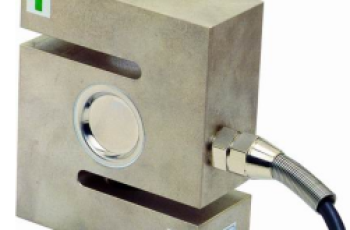Adhesive for weighing sensors
1、 The concept and working principle of weighing sensorsWhat is a weighing sensor:A weighing sensor is actually a device that converts a mass signal into a measurable electrical signal output working principle:In principle, a weighing sensor is a pressure sensor, which is encapsulated in metal. It has an eddy current triggering winding and a sensor that senses the intensity of the eddy current. The eddy current is inside it, and when the metal is compressed, it deforms, causing the eddy current to change. After amplification, the data can be read.3 common weighing sensors:Weighing sensors can be divided into 8 categories according to conversion methods, including photoelectric, hydraulic, electromagnetic, capacitive, magnetic pole transformation, vibration, gyroscope ritual, and resistance strain, with resistance strain being the most widely used. Taking the resistance strain type weighing sensor as an example, we will share with you the working principle and adhesive points of the weighing sensor. Working principle diagram of resistance strain type weighing sensorA resistance strain sensor is a measuring device that uses a metal elastic body as the elastic element and a resistance strain gauge attached to the sensitive part of the elastic body to form a Wheatstone bridge. Under the excitation of an external power source, the force can be converted into an electrical signal. Usually, elastomers and strain gauges are combined in various ways, such as shells, sealing components, etc., to protect the strain gauges.The resistance strain sensor is mainly composed of elastic body, strain gauge, Wheatstone circuit, compensation circuit, cable, adhesive, and sealing material.2、 Common materials for weighing sensorsThe performance of a weighing sensor largely depends on the choice of manufacturing materials. The weighing sensor material includes the following parts: strain gauge material, elastomer material, patch adhesive material, sealant material, lead sealing material, and lead material.


